Brachystelma Spec Thailand
The Brachystelma Spec Thailand species from Thailand, often labeled as Brachystelma sp. Thailand or Brachystelma spec Thailand, is a rare and possibly undescribed member of the Apocynaceae family. It is closely related to Stapeliads and is native to Southeast Asia. This plant is notable for its caudex a swollen, underground tuber resembling that of Stephania erecta from which thin, vining stems with narrow, pubescent leaves emerge. It produces numerous small (<1 cm), hairy dark brown to black flowers with a yellow center. Some flowers exhibit reflexed petals, while others open more traditionally .
The plant exhibits seasonal growth, with stems emerging in late spring and dying back in the fall, corresponding with the rainy and dry seasons in Southeast Asia . During dormancy, the plant survives through its caudex. It thrives in well-draining succulent soil mixes and prefers good light conditions. Regular watering is recommended during the growing season, keeping the soil moist but not wet, while watering should be reduced significantly during dormancy.
Despite its rarity, this species has entered cultivation and is available through various specialty nurseries and online platforms. For instance, Seedlings India offers it as a “possibly undescribed species from Thailand” . Similarly, Floraria Secret Garden describes it as a new species recently discovered in Thailand, noting its caudex and seasonal growth patterns . Additionally, Bens-Jungle provides care information, emphasizing its tolerance for high humidity and the importance of avoiding waterlogging .
Family: Apocynaceae. (Brachystelma Spec Thailand)
A rare, possibly undescribed species from Thailand related to Stapeliads. The plant forms thin vining stems with very narrow leaves. It produces lots of tiny (<1cm), hairy dark brown to black flowers with a yellow center. It seems that in some plants the petals reflex all the way back while in others they open like a normal flower. Stems emerge from an underground tuber 1-2″ diameter. Plants grow from late spring through fall then die back to the tuber in the winter (corresponding with the rainy and dry seasons in SE Asia).
These plants are new to cultivation but so far I’ve found them fairly simple to grow and not nearly as touchy as some of the better known African Brachystelma. Plant in a well drained succulent mix. During the growing season water regularly keeping it moist but not wet. When the stems die back to the tuber in the fall water sparingly (maybe a little water once a month at most). Plants grow best in good light. As this is a tropical plant it should do well as a houseplant. If grown outdoors protect from frost.
Please note: Plants are likely to be dormant when you receive them. They will start growing in the next few months.
You will receive a plant shown in the last image or one similar. They are shown growing in a 3″ pot. Tubers are approximately 3/4″-1″ diameter.
Caring for Brachystelma spec Thailand a rare caudiciform plant with seasonal vining growth requires attention to its natural life cycle and growing conditions. Here’s a complete care guide:
Light
-
Bright indirect light is ideal for Brachystelma spec Thailand
-
Can tolerate some morning or late afternoon sun, but avoid intense midday sunlight to prevent leaf scorch.
-
Indoors: near a bright window, but not in direct sun.
Watering
-
During growing season (spring to fall):
-
Keep soil slightly moist, not soggy.
-
Water when the top inch of soil feels dry.
-
-
During dormancy (fall/winter):
-
Stems will die back.
-
Reduce watering drastically’s just enough to keep the caudex from shriveling.
-
Soil used for Brachystelma spec Thailand
-
Use a well-draining mix: succulent or cactus mix with added perlite or pumice.
-
Optional: Add a bit of organic matter for slight moisture retention.
Temperature & Humidity
-
Temperature: Prefers 20-30°C (68-86°F).
-
Protect from temperatures below 10°C (50°F).
-
Humidity: Moderate to high. Tolerates typical indoor humidity, but do not mist during dormancy.
Fertilizing
-
During growth: Fertilize every 4-6 weeks with a balanced, diluted fertilizer (e.g., 1/4 strength).
-
Do not fertilize during dormancy.
Repotting of Brachystelma spec Thailand
-
Repot every 2-3 years in spring, just before new growth starts.
-
Choose a pot with good drainage and just slightly larger than the caudex.
Dormancy Notes
-
Leaves and stems naturally die back in late fall.
-
Store in a cool, dry place during this time.
-
Resume watering only when new growth appears in spring.
Common Issues
-
Overwatering: Can lead to caudex rot.
-
Lack of dormancy: May weaken the plant over time.
-
Poor drainage: Major risk for root or caudex rot of Brachystelma spec Thailand.

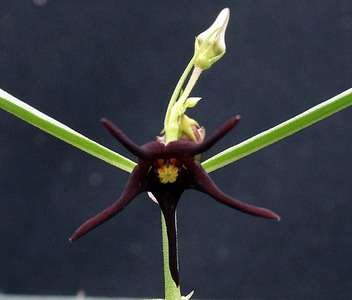
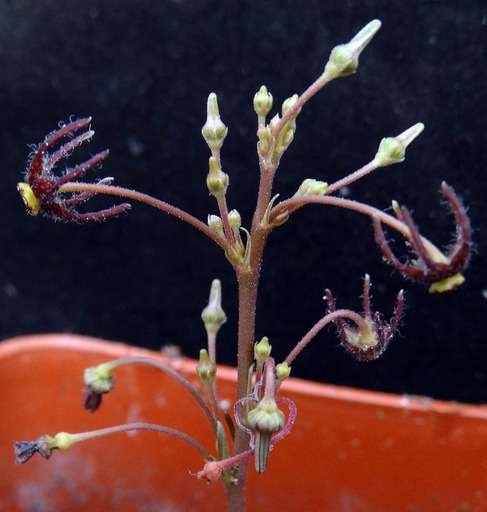
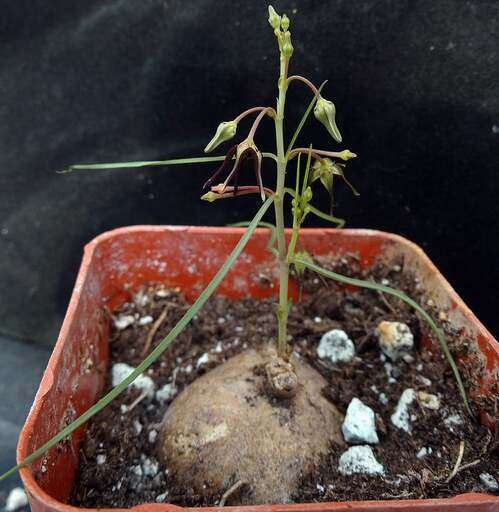
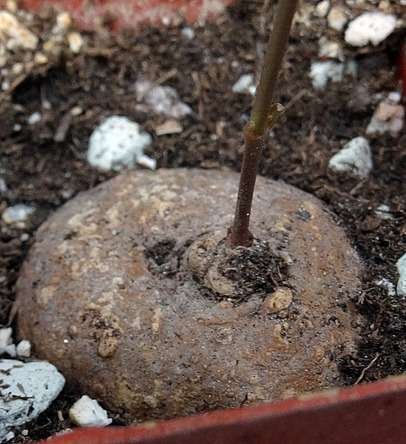

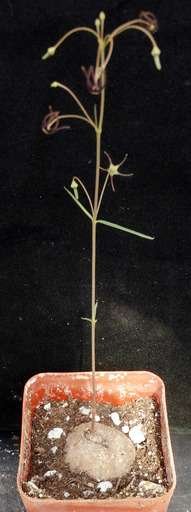
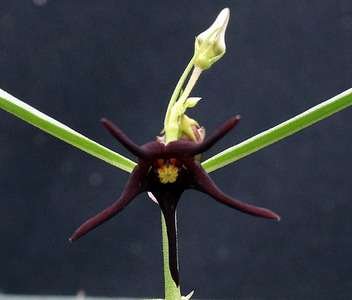
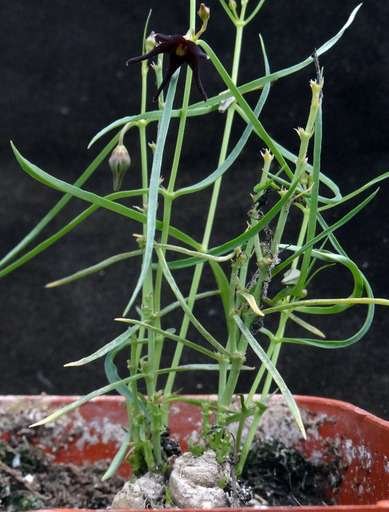
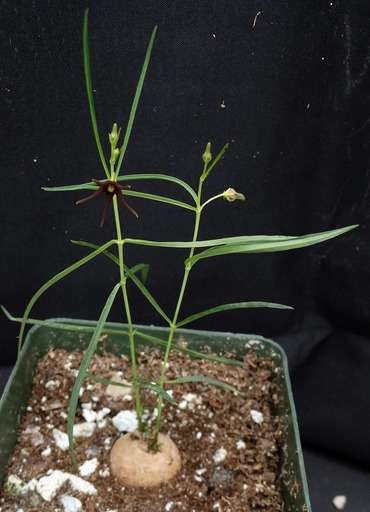
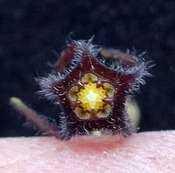
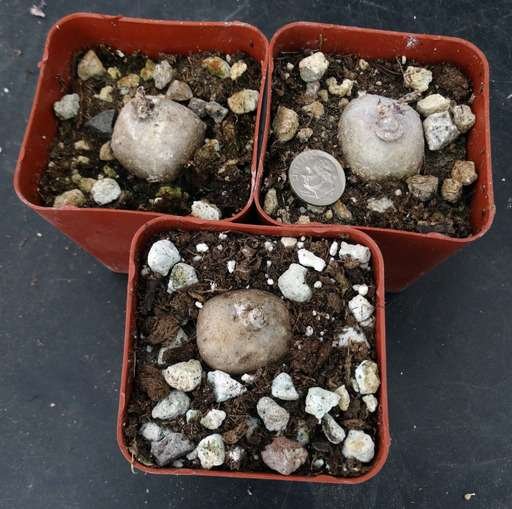
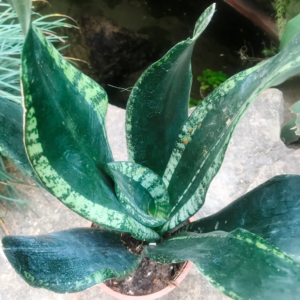
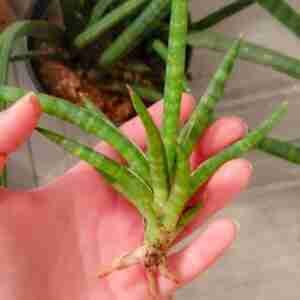
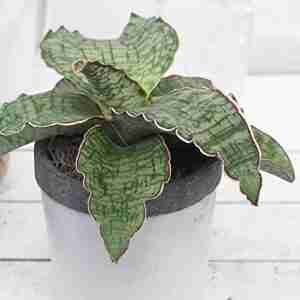
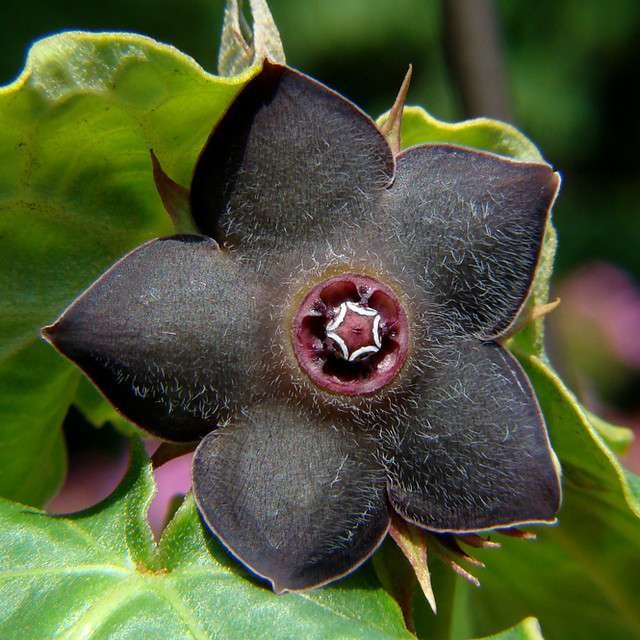
Reviews
There are no reviews yet.